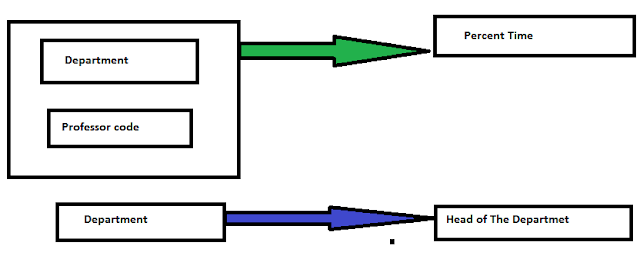In this post we are going to discuss about RDBMS and features of RDBMS and their CODD'S Rules.why we use RDBMS and importance of RDBMS.
Definition of RDBMS?
RDBMS is a Relational Data Base Management System or simply Relational DBMS. It was introduced by E.F.Codd which adds an additional condition that the system supports a tabular structure for the data with enforced relationships among the tables.
Features of RDBMS:
Definition of RDBMS?
RDBMS is a Relational Data Base Management System or simply Relational DBMS. It was introduced by E.F.Codd which adds an additional condition that the system supports a tabular structure for the data with enforced relationships among the tables.
Features of RDBMS:
- The ability to create multiple tables and enter data into them.
- An interactive Query Language
- Retrieval of information stored in more than one table
- provides a catalog or Dictionary,which itself consists of tables
The table consists of rows and columns.
Operations:
SELECT: extracts specified rows from a table
PROJECT: extracts specified columns from a table
JOIN: joins together two tables on the basis of common values in a common column operations are all set-at-a-time and not row-at-a-time.
Catalog means consists of all the information of the various schemas(external,conceptual,internal) and all of the corresponding mappings.
CODD'S Principles/Rules:
0. The Rule specifies the system must qualify as relational and use its relational felicities to manage and access database.
1. All information in a relational database which includes table name,column names are represented by values in tables
2. Every quantify of data in a relational database can be accessed by using combination of a table name, a primary key value which identifies the row and attribute name that is identified as a cell.
3. The RDBMS provides a mechanism which handles records that have unknown or inapplicable values in a pre-defined fashion
4. The information of a database and in its contents are database objects(tables)and therefore can be queried via the data manipulation language(DML)
5. A RDBMS system should allow user to do all of the following Define tables and views,query and update the data,set integrity constraints,set authorizations and define transactions.
6. RDBMS provides a mechanism to update any view which is theoretically update-able Data consistency is ensured, since the changes made in the views are transmitted to the original table and vice-versa.
7. The RDBMS provides mechanism for insertions,updation and deletion at a table level. The performance is improved since the commands act on a set of records rather than one record at a time.
Read also: Normalization in Database












